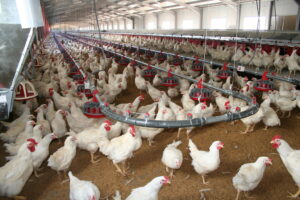Antennae are sensory organs found in arthropods, such as insects, crustaceans, and some myriapods. They play a critical role in sensing the environment and are used for detecting touch, smell, taste, vibration, and even humidity or temperature. Antennae are typically paired and located on the head of the organism.
Structure of Antennae
Segments:
Antennae are composed of multiple segments, connected by flexible joints. Common segments include:
Scape: The basal segment, which connects the antenna to the head.
Pedicel: The second segment, often housing sensory structures like the Johnston’s organ in insects.
Flagellum: The remaining segments, which are highly variable in shape and function.
Variations in Shape:
Filiform: Thread-like (e.g., grasshoppers).
Moniliform: Bread like (e.g., Termite)
Setaceous: Bristle-like (e.g., dragonflies).
Serrate: Saw like (e.g., Pulse beetle)
Pectinate: Comb like (e.g., Cardinal beetle)
Clavate: Club-shaped, thicker at the end (e.g., butterflies).
Lamellate: Plate-like extensions (e.g., scarab beetles).
Plumose: Feather-like, with long hairs (e.g., moths).
Aristate: Enlarged with a bristle (e.g., houseflies).
Functions of Antennae
Olfaction (Smell):
Antennae have chemoreceptors for detecting chemical signals, such as pheromones or food odors.
Mechanoreception (Touch):
Sensitive to physical contact and vibrations, aiding in navigation and interaction with the environment.
Thermoreception and Hygroreception:
Some species detect changes in temperature and humidity.
Audition (Hearing):
Insects like mosquitoes use antennae to detect sound vibrations.
Locating Mates and Prey:
Many species rely on antennae to find mates or prey by detecting chemical or physical cues.
Examples across Groups
Insects:
Mosquitoes: Use antennae to detect CO₂ from hosts.
Butterflies and Moths: Antennae are essential for detecting floral scents and mating pheromones.
Crustaceans:
Crabs and lobsters use their antennae to detect food particles and sense their surroundings underwater.
Myriapods:
Millipedes and centipedes rely on antennae to navigate their environment in dark or confined spaces.
Thank you for reading. Don't forget to subscribe & share!









